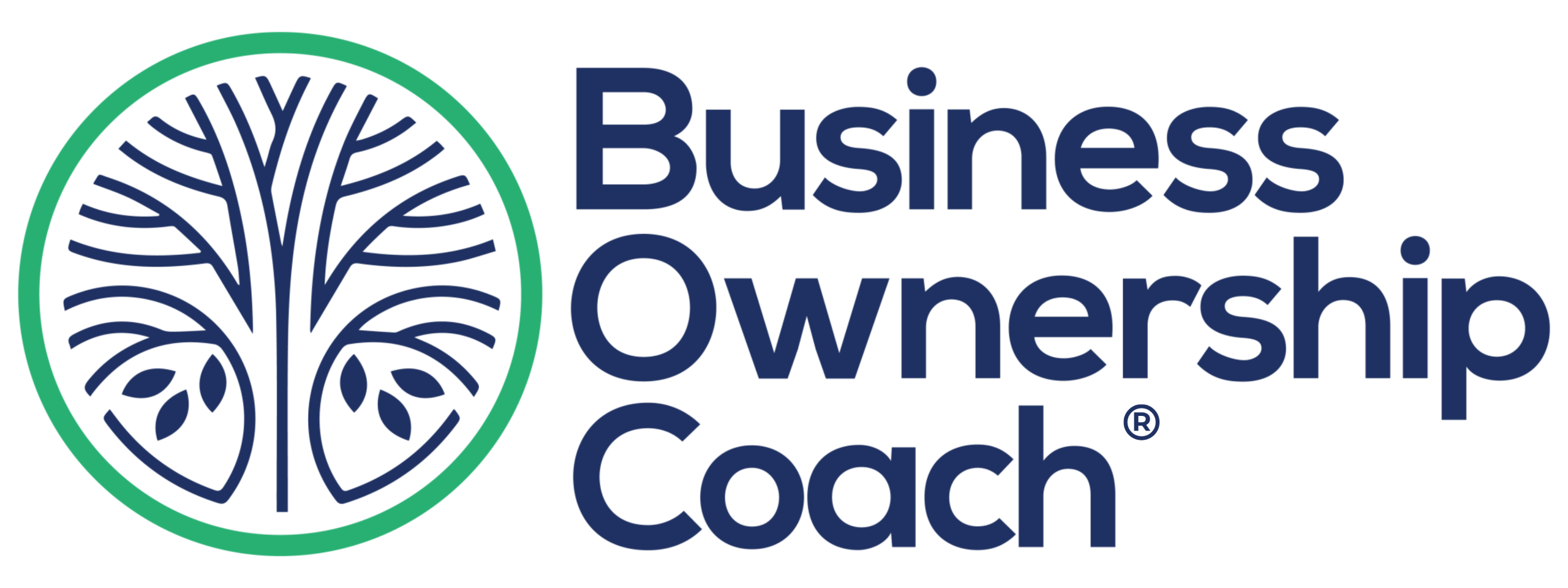If you’re exploring franchise ownership and wondering how to move from curiosity to closing day, you’re in the right place. I’m Beau Eckstein, your Business Ownership Coach® and host of the Investor Financing Podcast, and in this guide I’ll walk you through the franchise research process exactly as I coach clients: building a business thesis, evaluating fundability, researching business models, validating opportunities, and preparing financing and projections. This is the practical roadmap I use when I work with aspiring owners — and yes, you’ll see how I blend consulting, financing expertise, and real-world checklists to get clarity and momentum.

Photo by Vitaly Gariev on Unsplash
Overview: The Franchise Research Roadmap
When I work with candidates, we follow a repeatable roadmap that reduces overwhelm and uncovers the best fit. At a high level the steps are:
- Intro call and business assessment
- Create a business thesis (an avatar or “buy box”)
- Research 7–10 business models aligned to that thesis
- Present top options and narrow to a short list
- Deep-dive calls, FDD review, validation calls with owners
- Discovery Day, award, and finalize financing and legal review
Throughout this article I’ll unpack each step and give you practical tips you can use immediately. As a reminder — the keyphrase I use across my resources is Business Ownership Coach | Investor Financing Podcast — and this guide lines up with that same practical coaching + financing approach.
Step 1 — Intro Call + Business Assessment (Create Your Thesis)
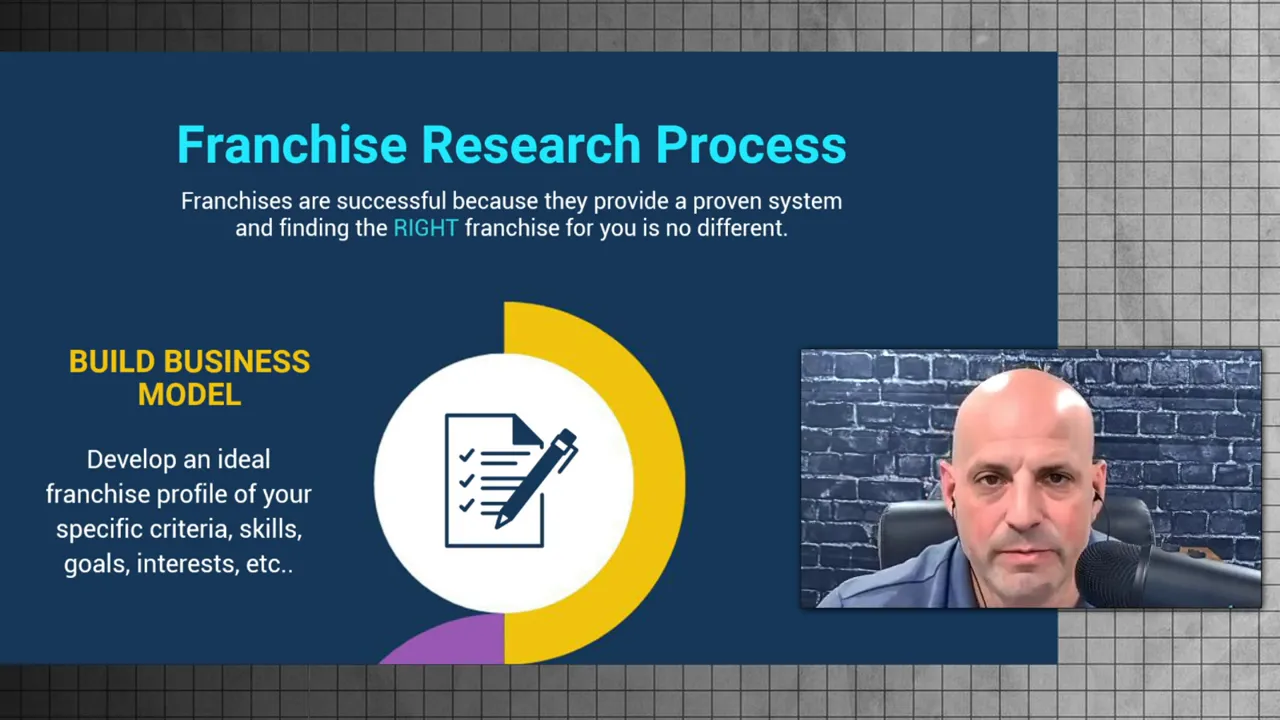
The first substantive step is discovery. We begin with a short intro call, then you take a business assessment I designed specifically for this process. The assessment helps us create an avatar business — the ideal buyer profile or “buy box” — that accounts for:
- Your lifestyle goals: owner-operator, semi-absentee, or passive?
- Your preferred business sector: home services, brick-and-mortar retail, fitness, wellness, etc.
- Operational preferences: employees vs. subcontractors, hours, scalability
- Geographic and territory considerations
That 30–45 minute deep-dive Zoom after the assessment is where we synthesize answers into a thesis. This thesis saves time later — rather than considering dozens of random franchises, we intentionally target models that match your profile.
Tip: take your time on the assessment and be honest. Your ideal franchise should match day-to-day realities, not just a hobby or impulse buy.
Step 2 — Fundability: How You’ll Pay for the Franchise
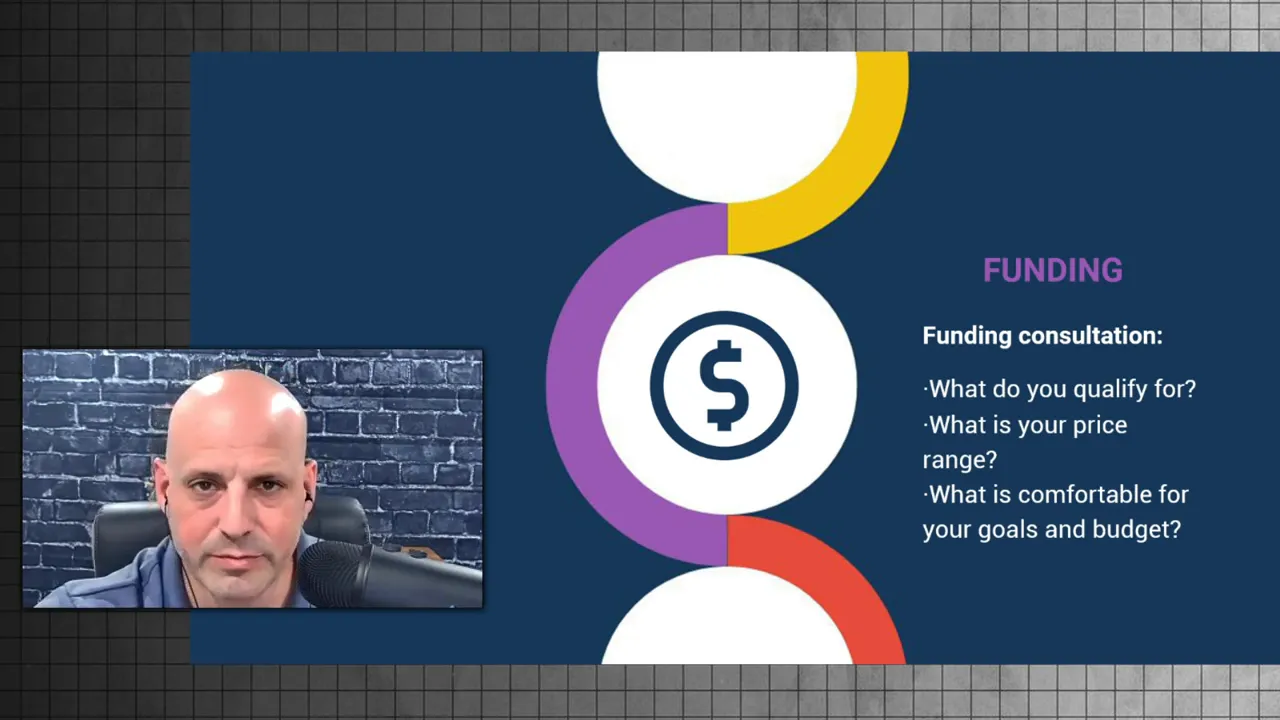
Funding is a major filter. Whether you have significant cash, hold real estate equity, or want to use retirement funds, understanding fundability determines which franchises are realistic.
Here’s how we assess and plan funding:
- Evaluate liquidity, assets, and whether a rollover of retirement funds (ROBS) or other strategies make sense.
- Consider borrowing against real estate or bringing in a partner to satisfy equity injection.
- Work through a sources-and-uses worksheet to determine total project cost and required down payment.
- If pursuing SBA loans, prepare for their credit scoring model (SBA’s credit score thresholds apply for amounts under $500k).
As someone who’s been originating SBA loans for over two decades, I blend lender perspective with consulting. That means we don’t just pick franchises; we design a pathway so lenders will see a fundable deal. Early conversations with SBA-specialist lenders (I work with several banks regularly) are helpful — even preliminary checks can let you know if SBA financing is a good fit.
Step 3 — Market Research: 7–10 Business Models
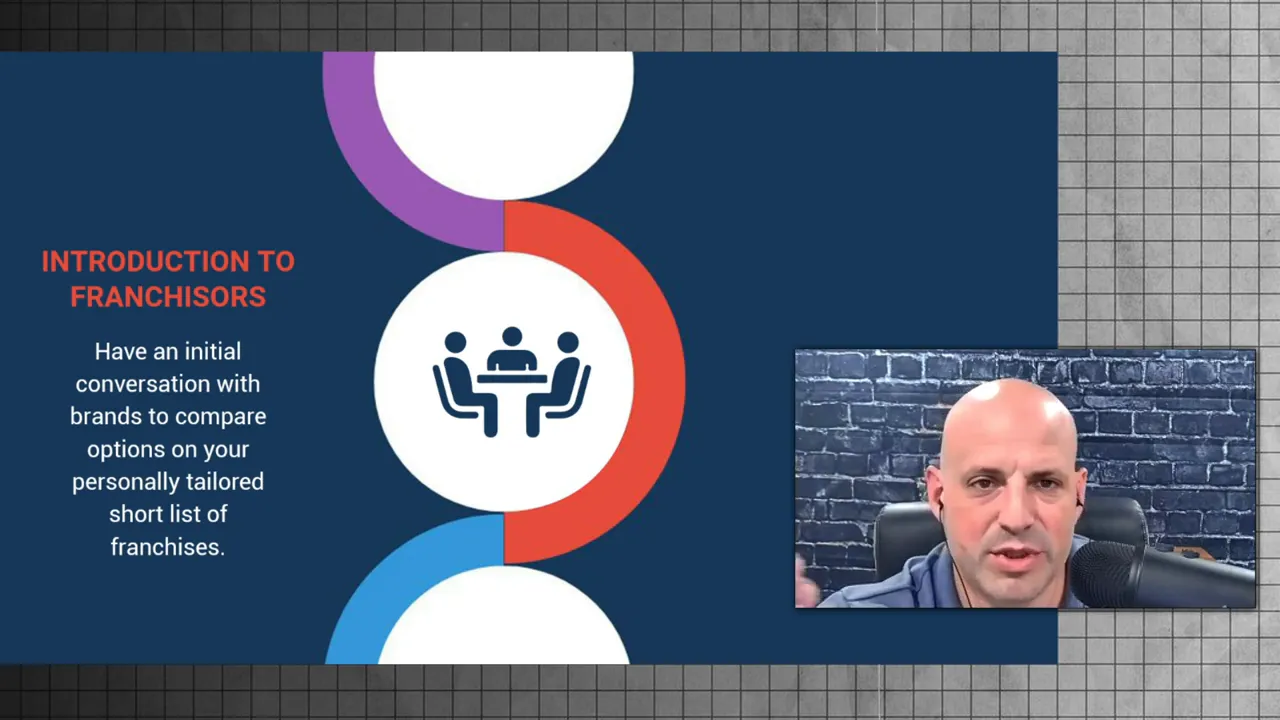
Once we have your thesis and funding strategy, we research available brands in your market. The goal is to present eight to ten business models that match your buy box. Then we schedule an hour to review those options at a high level.
At the end of that session you should be able to pick your top three franchises. That doesn’t commit you to anything — it simply focuses your time and energy on the most promising options. At this stage there are two likely outcomes:
- You continue deeper and ultimately find your ideal franchise; or
- You realize owning a franchise right now isn’t aligned with your goals — and that’s perfectly okay.
Either way, you’ve gained clarity and avoided costly, unfocused exploration.
Step 4 — Deep Dives: Franchise Reps, FDD, and Validation Calls
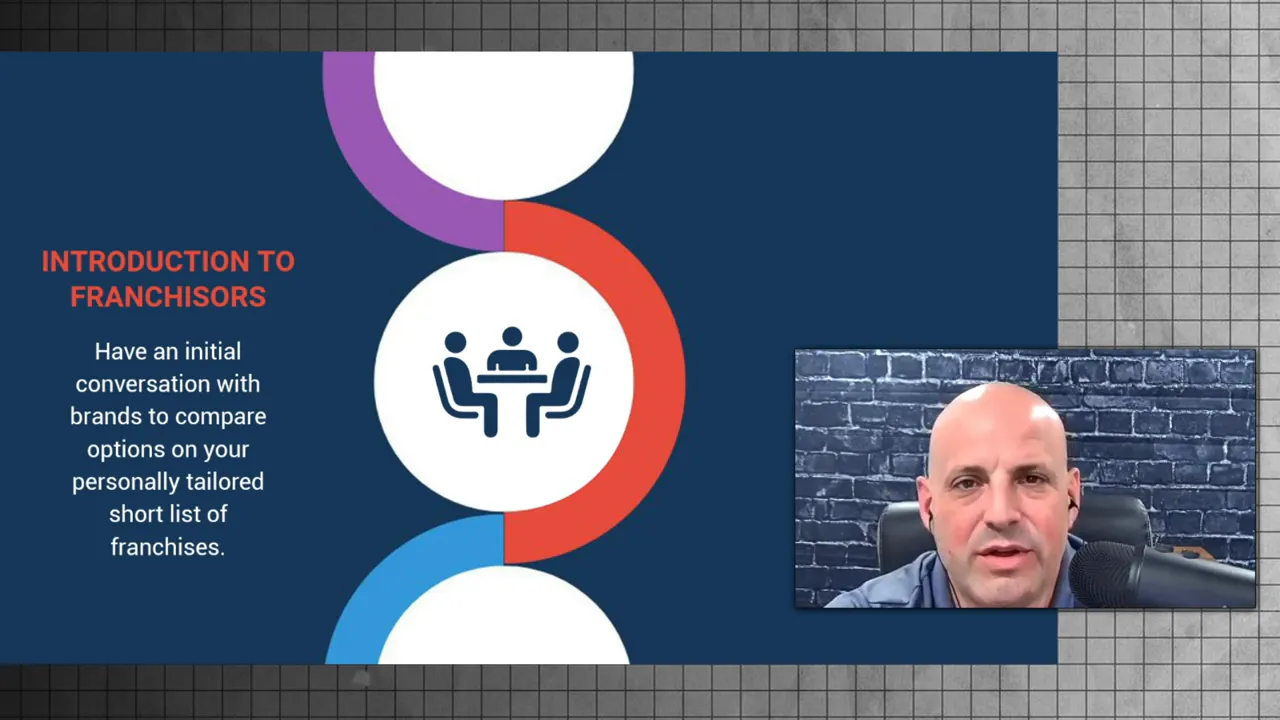
Now the tactical work begins. For each short-listed brand you’ll:
- Speak to the franchise business development representative for a 30–45 minute deep dive
- Receive and read the Franchise Disclosure Document (FDD) — grab a drink, this one can be lengthy
- Complete validation calls: speak with existing franchisees and ask targeted checklist questions
- Join executive or leadership calls with the franchisor as you progress
Two items to pay attention to in the FDD: Item 7 (investment range) and Item 19 (financial performance representations). These give you the numbers and expectations you’ll use to build projections.
Validation calls with franchisees are where the real truth comes out. Ask about margins, marketing support, typical day-to-day operations, employee turnover, territory clarity, and the biggest challenges owners face. Your consultant should give you a checklist of the right questions to ask.
Step 5 — Projections, SBA Applications, and Discovery Day
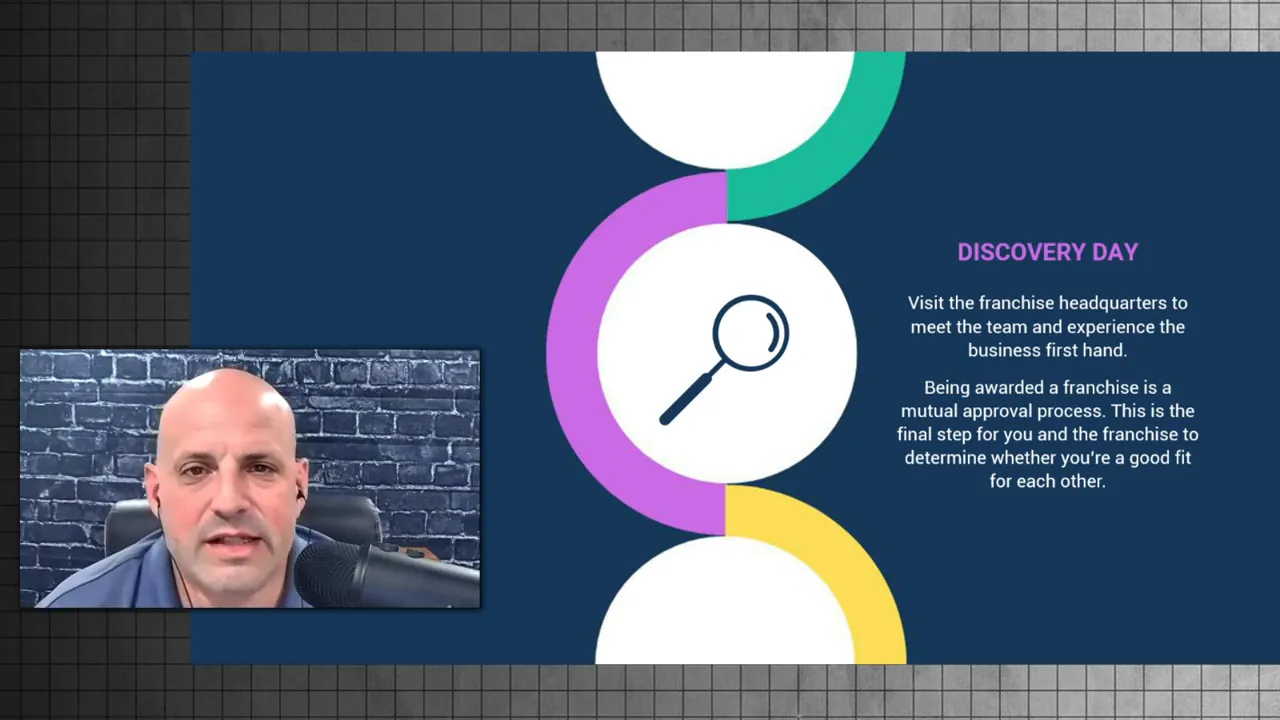
If discovery calls go well, franchisors invite top candidates to Discovery Day — a strong sign you’re nearing an award. But before you sign anything, get your funding and legal ducks in a row.
Projections are essential for SBA financing. Lenders expect three years of projections, with the first two years broken out monthly. While nobody enjoys building spreadsheets, this exercise forces you to model revenue drivers, recurring expenses, and net income assumptions. Typical steps include:
- Build a sources and uses table (franchise fees, equipment, startup costs, working capital)
- Decide the equity injection (many franchise startups use ~20% down, though SBA lenders may go up to 90% for certain elements and some banks offer 80% loan-to-cost)
- Submit preliminary financing information early so lenders can advise on feasibility
One practical tip: have a preliminary financing conversation early in the process. Even if you can’t get final approval until you have an awarded franchise, lenders can provide useful guidance on expected terms and necessary documentation.
Step 6 — Use a Consultant to Stay Efficient and Objective
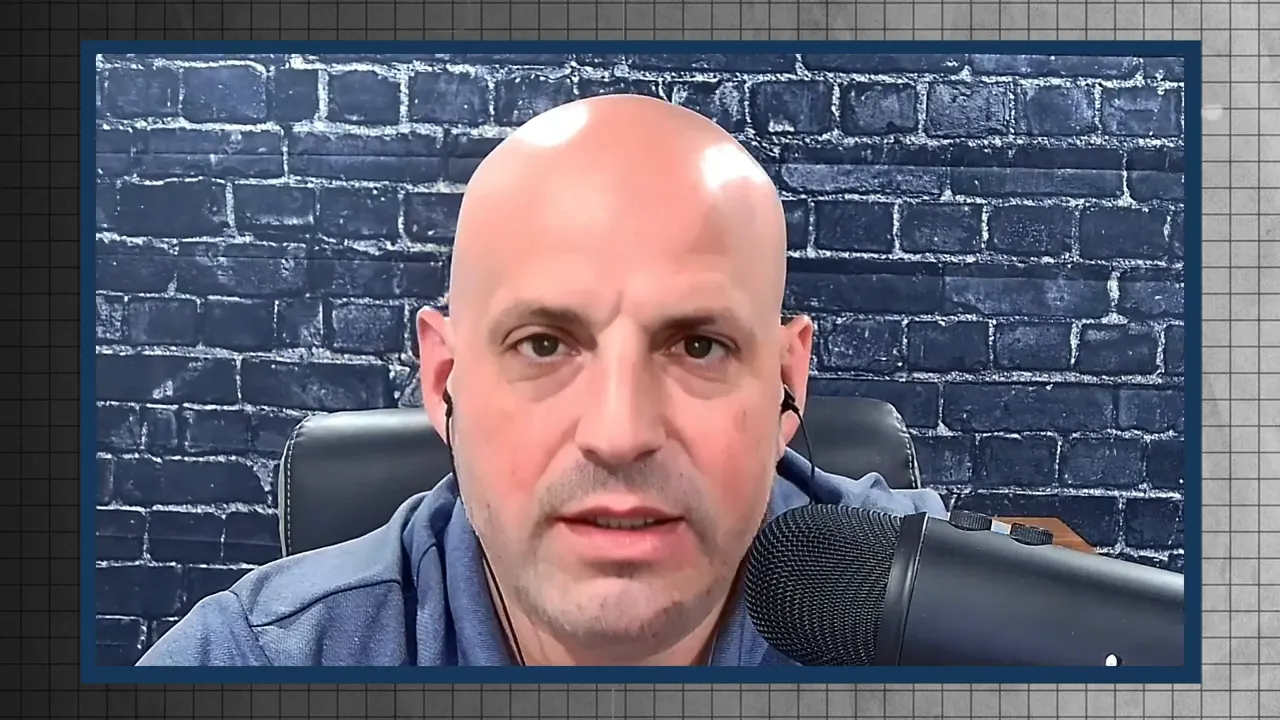
A consultant’s job is to match a candidate with the right franchise. I came into consulting after 26 years in lending because I saw many buyers chasing a single brand without exploring alternatives. By working with a consultant you gain:
- Market-wide perspective on brands and business models
- Efficient screening against your personal buy box
- Access to funding partners and projection templates
- Checklists for due diligence and validation calls
- Ongoing coaching through the multi-step franchisor discovery process
My approach is consultative — not high-pressure. If after the process you decide business ownership isn’t for you, that’s a win too. Gaining clarity saves years of time and potentially tens of thousands of dollars.
Final Steps: Legal Review, Award, and Signing
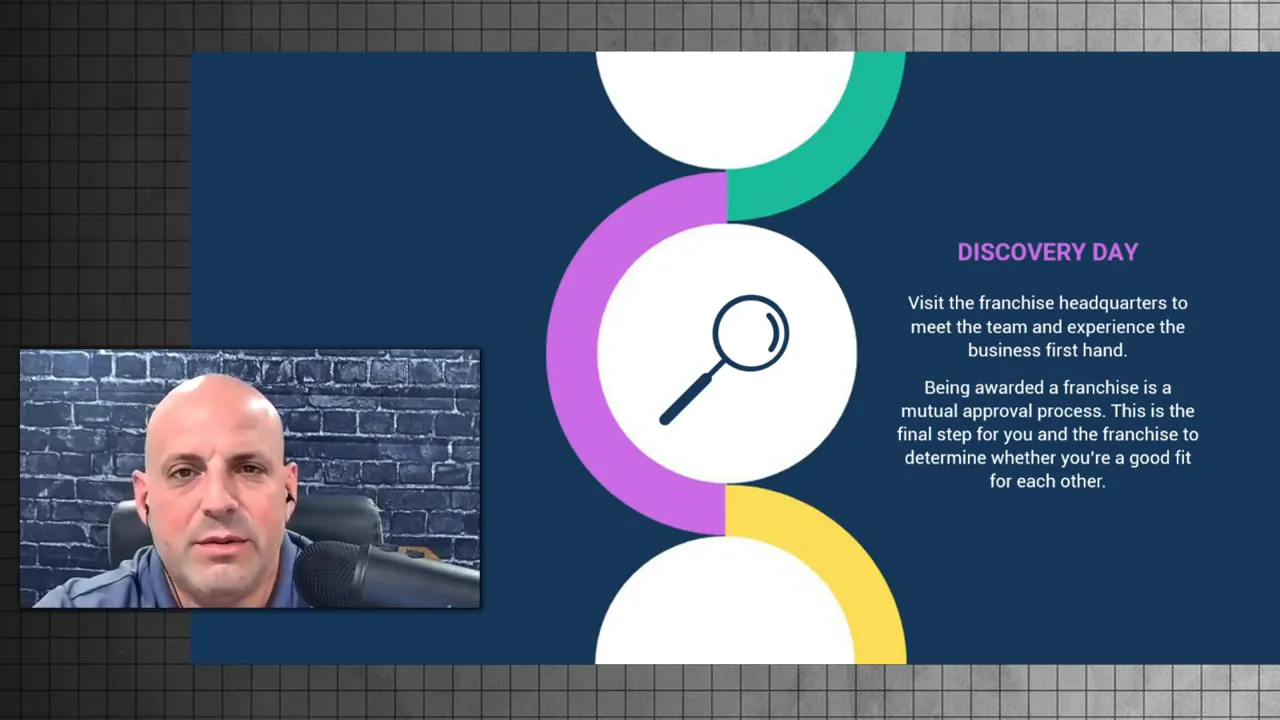
Before signing a franchise agreement, I strongly advise hiring a franchise attorney to review the contract. Not everyone does this, but a specialist attorney helps you understand obligations, territory rights, renewal terms, and dispute resolution clauses.
Once awarded, you’ll typically be asked to sign the franchise agreement and pay your franchise fee or deposit. Lenders will want documentation and your projections to finalize loan terms.
Closing Thoughts: Why Small Business Ownership Matters

Photo by Resume Genius on Unsplash
Owning an operating business — combined with real estate and smart tax strategy — is how many build durable wealth and legacy. That’s the mission behind the Business Ownership Coach | Investor Financing Podcast: to empower aspiring owners with practical steps, funding pathways, and the confidence to act when the right opportunity appears.
If you’re ready to begin, the structured path above is exactly how I guide clients from curiosity to award. Whether you want a hands-on role, semi-absentee ownership, or to diversify your portfolio, this process reduces risk and increases clarity.
For next steps, consider taking a business ownership assessment, scheduling a discovery call, and building preliminary projections. If you want coaching that blends franchise matchmaking with SBA financing know-how, reach out and let’s design your buy box together.
